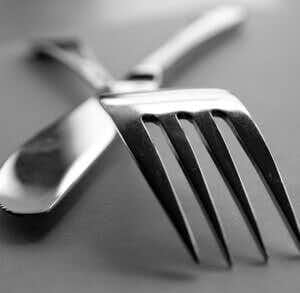
Poor diet may underly a wide range of undesirable health problems, from obesity to diabetes and heart disease. The Supplemental Nutrition Assistance Program (SNAP) was designed to help very low-income Americans afford a better diet. Scientists wondered how well this program is working to improve nutrition in poor families. They examined data from the National Health and Nutrition Examination Survey from 1999 to 2014, and discovered increasing dietary disparities between SNAP participants and the rest of the population.
Determining What People Are Eating:
The research included 38,696 participants who filled out either one or two detailed dietary questionnaires (JAMA Network Open, June 15, 2018). To determine diet quality, the researchers created a diet score based on recommendations of the American Heart Association. They calculated consumption of eight dietary components: fruits and vegetables; fish and shellfish; whole grains; nuts, seeds and legumes (all of which presumably counted positively); and sodium; sugar-sweetened beverages; processed meats; and saturated fat (which must have lowered the overall scores). They then estimated how many people were eating a poor diet, an intermediate diet or an ideal diet.
SNAP Diets Did Not Improve Noticeably:
Between 2003 and 2014, the mean diet score for Americans in general improved significantly, while the diets of people receiving SNAP assistance did not change. Higher-income individuals in particular started eating better during that time, although they still have a lot of room for improvement. The proportion following an ideal diet went from 1.4 percent to 2.6 percent, while the figures for intermediate diet scores increased from 59 percent to 69 percent.
In contrast, there were no significant changes in dietary scores for people with lower incomes, whether or not they participated in SNAP. In particular, people on SNAP drank more sugar-sweetened beverages and ate more added sugars and less fish, shellfish, nuts and seeds than those who were not participating in the program.
The authors conclude:
“our findings underscore the need for robust new strategies to improve diet quality and reduce dietary disparities in the United States.”

